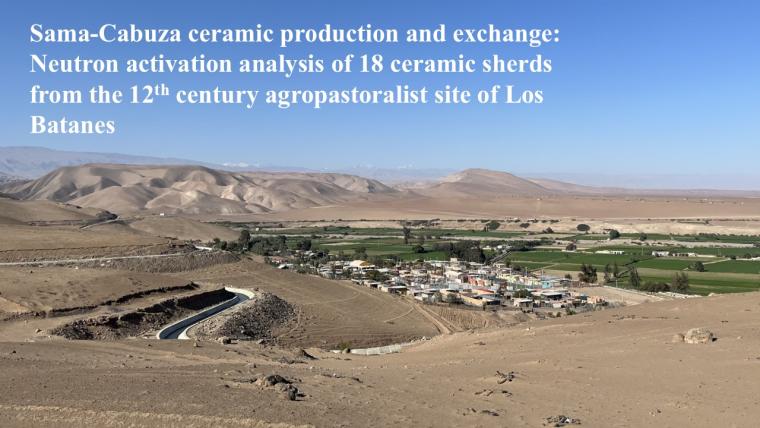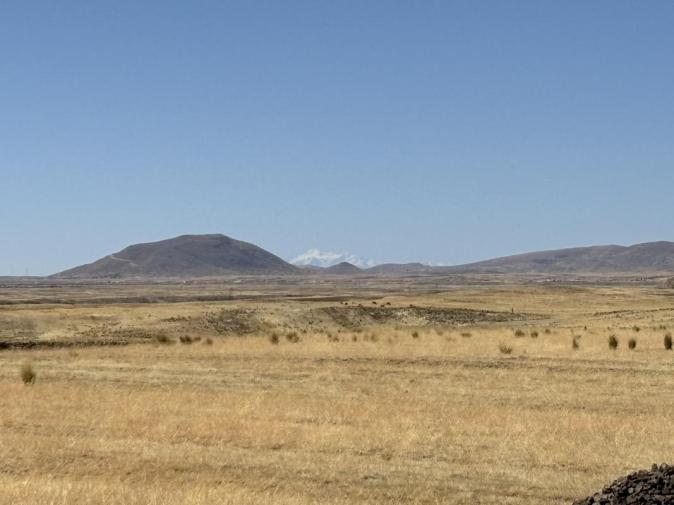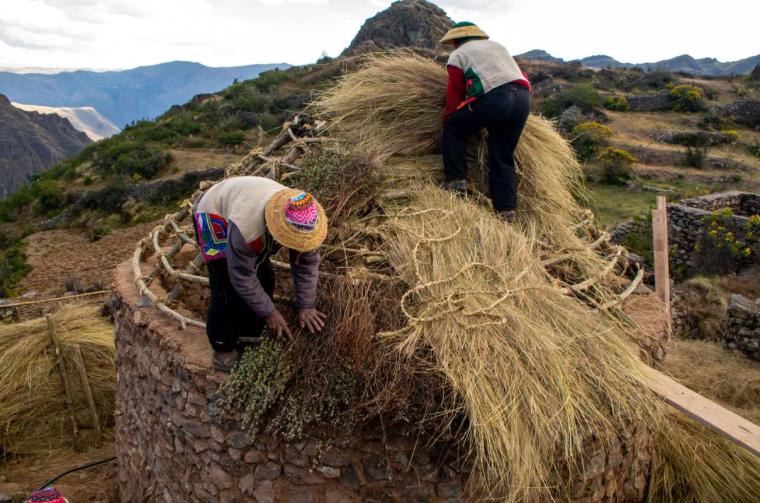Sama-Cabuza ceramic production and exchange: Neutron activation analysis of 18 ceramic sherds from the 12th century agropastoralist site of Los Batanes
Our analysis characterizes the chemical composition of Sama-Cabuza ceramics from Los Batanes (Sama Valley, Tacna) and explores the possibility of long-distance ceramic exchange networks among agropastoralists during the late Terminal Middle Horizon. We report on neutron activation analysis (NAA) data of 18 Sama-Cabuza ceramic sherds conducted at MURR’s archaeometry lab. Our results show considerable compositional variation within the sample from Los Batanes, suggesting a lack of standardization in resource procurement and technologies employed by the makers of Sama-Cabuza pottery. Additionally, two of the analyzed Sama-Cabuza-style sherds are chemically distinct from the rest of the samples, potentially indicating a non-local origin.



